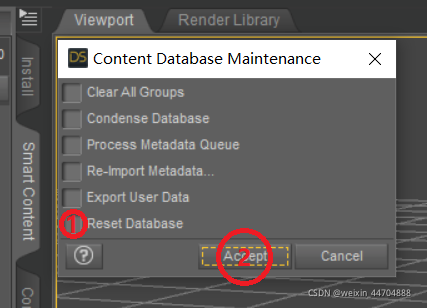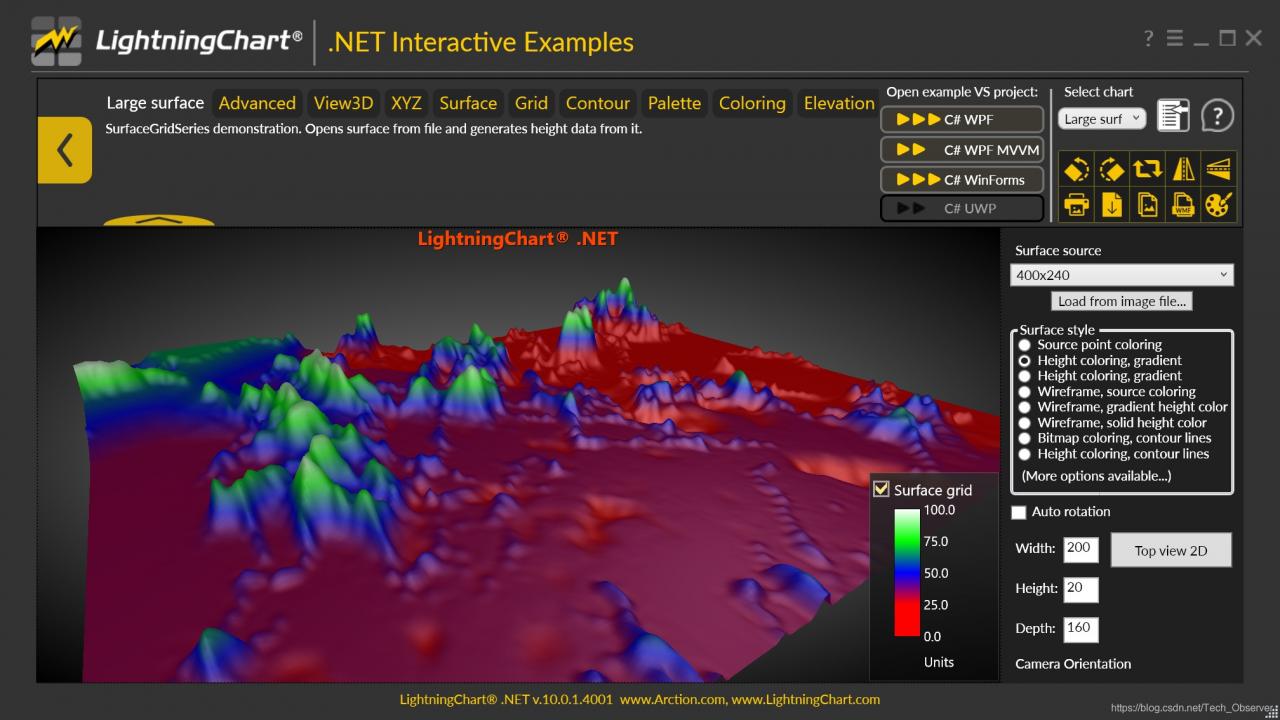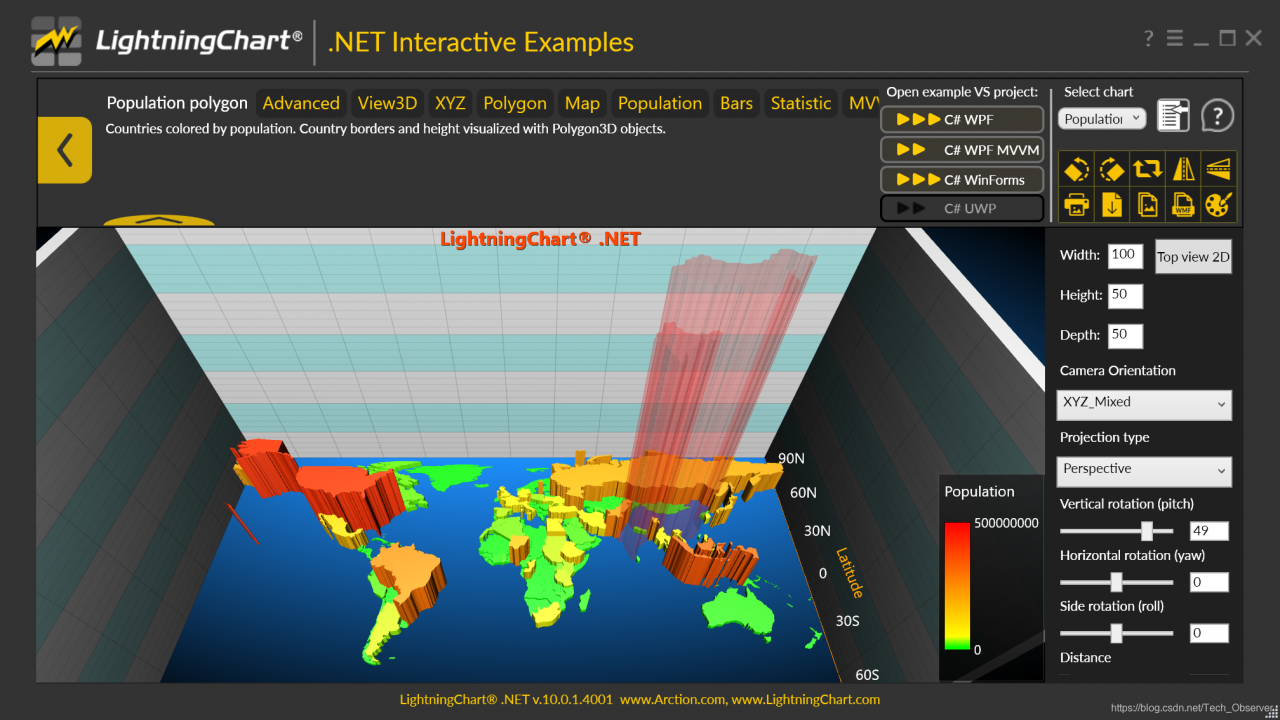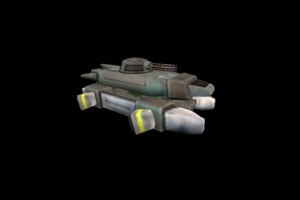The following problems are encountered when compiling vins-mono with catkin,
In file included from /usr/local/include/ceres/internal/parameter_dims.h:37,
from /usr/local/include/ceres/internal/autodiff.h:151,
from /usr/local/include/ceres/autodiff_cost_function.h:130,
from /usr/local/include/ceres/ceres.h:37,
from /home/matthew/projects/vinsmono/src/VINS-Mono/camera_model/src/calib/CameraCalibration.cc:20:
/usr/local/include/ceres/internal/integer_sequence_algorithm.h:64:21: error: ‘integer_sequence’ is not a member of ‘std’
64 | struct SumImpl<std::integer_sequence<T, N, Ns...>> {
| ^~~~~~~~~~~~~~~~
/usr/local/include/ceres/internal/integer_sequence_algorithm.h:64:21: error: ‘integer_sequence’ is not a member of ‘std’
/usr/local/include/ceres/internal/integer_sequence_algorithm.h:64:46: error: wrong number of template arguments (3, should be 1)
64 | struct SumImpl<std::integer_sequence<T, N, Ns...>> {
| ^~~
/usr/local/include/ceres/internal/integer_sequence_algorithm.h:60:8: note: provided for ‘template<class Seq> struct ceres::internal::SumImpl’
60 | struct SumImpl;
| ^~~~~~~
/usr/local/include/ceres/internal/integer_sequence_algorithm.h:64:49: error: expected unqualified-id before ‘>’ token
64 | struct SumImpl<std::integer_sequence<T, N, Ns...>> {
| ^~
/usr/local/include/ceres/internal/integer_sequence_algorithm.h:71:21: error: ‘integer_sequence’ is not a member of ‘std’
71 | struct SumImpl<std::integer_sequence<T, N1, N2, Ns...>> {
| ^~~~~~~~~~~~~~~~
/usr/local/include/ceres/internal/integer_sequence_algorithm.h:71:21: error: ‘integer_sequence’ is not a member of ‘std’
/usr/local/include/ceres/internal/integer_sequence_algorithm.h:71:51: error: wrong number of template arguments (4, should be 1)
71 | struct SumImpl<std::integer_sequence<T, N1, N2, Ns...>> {
| ^~~
/usr/local/include/ceres/internal/integer_sequence_algorithm.h:60:8: note: provided for ‘template<class Seq> struct ceres::internal::SumImpl’
60 | struct SumImpl;
| ^~~~~~~
/usr/local/include/ceres/internal/integer_sequence_algorithm.h:71:54: error: expected unqualified-id before ‘>’ token
71 | struct SumImpl<std::integer_sequence<T, N1, N2, Ns...>> {
| ^~
/usr/local/include/ceres/internal/integer_sequence_algorithm.h:78:21: error: ‘integer_sequence’ is not a member of ‘std’
78 | struct SumImpl<std::integer_sequence<T, N1, N2, N3, N4, Ns...>> {
| ^~~~~~~~~~~~~~~~
/usr/local/include/ceres/internal/integer_sequence_algorithm.h:78:21: error: ‘integer_sequence’ is not a member of ‘std’
/usr/local/include/ceres/internal/integer_sequence_algorithm.h:78:59: error: wrong number of template arguments (6, should be 1)
78 | struct SumImpl<std::integer_sequence<T, N1, N2, N3, N4, Ns...>> {
| ^~~
/usr/local/include/ceres/internal/integer_sequence_algorithm.h:60:8: note: provided for ‘template<class Seq> struct ceres::internal::SumImpl’
60 | struct SumImpl;
| ^~~~~~~
/usr/local/include/ceres/internal/integer_sequence_algorithm.h:78:62: error: expected unqualified-id before ‘>’ token
78 | struct SumImpl<std::integer_sequence<T, N1, N2, N3, N4, Ns...>> {
| ^~
/usr/local/include/ceres/internal/integer_sequence_algorithm.h:85:21: error: ‘integer_sequence’ is not a member of ‘std’
85 | struct SumImpl<std::integer_sequence<T, N>> {
| ^~~~~~~~~~~~~~~~
/usr/local/include/ceres/internal/integer_sequence_algorithm.h:85:21: error: ‘integer_sequence’ is not a member of ‘std’
/usr/local/include/ceres/internal/integer_sequence_algorithm.h:85:41: error: wrong number of template arguments (2, should be 1)
85 | struct SumImpl<std::integer_sequence<T, N>> {
| ^
/usr/local/include/ceres/internal/integer_sequence_algorithm.h:60:8: note: provided for ‘template<class Seq> struct ceres::internal::SumImpl’
60 | struct SumImpl;
| ^~~~~~~
/usr/local/include/ceres/internal/integer_sequence_algorithm.h:85:42: error: expected unqualified-id before ‘>’ token
85 | struct SumImpl<std::integer_sequence<T, N>> {
| ^~
/usr/local/include/ceres/internal/integer_sequence_algorithm.h:91:21: error: ‘integer_sequence’ is not a member of ‘std’
91 | struct SumImpl<std::integer_sequence<T>> {
| ^~~~~~~~~~~~~~~~
/usr/local/include/ceres/internal/integer_sequence_algorithm.h:91:21: error: ‘integer_sequence’ is not a member of ‘std’
/usr/local/include/ceres/internal/integer_sequence_algorithm.h:91:38: error: template argument 1 is invalid
91 | struct SumImpl<std::integer_sequence<T>> {
| ^
/usr/local/include/ceres/internal/integer_sequence_algorithm.h:91:39: error: expected unqualified-id before ‘>’ token
91 | struct SumImpl<std::integer_sequence<T>> {
| ^~
/usr/local/include/ceres/internal/integer_sequence_algorithm.h:135:31: error: ‘integer_sequence’ is not a member of ‘std’
135 | std::integer_sequence<T, N, Ns...>,
| ^~~~~~~~~~~~~~~~
/usr/local/include/ceres/internal/integer_sequence_algorithm.h:135:31: error: ‘integer_sequence’ is not a member of ‘std’
/usr/local/include/ceres/internal/integer_sequence_algorithm.h:135:59: error: template argument 3 is invalid
135 | std::integer_sequence<T, N, Ns...>,
| ^
/usr/local/include/ceres/internal/integer_sequence_algorithm.h:135:59: error: type/value mismatch at argument 4 in template parameter list for ‘template<class T, T Sum, class SeqIn, class SeqOut> struct ceres::internal::ExclusiveScanImpl’
/usr/local/include/ceres/internal/integer_sequence_algorithm.h:135:59: note: expected a type, got ‘N’
/usr/local/include/ceres/internal/integer_sequence_algorithm.h:146:39: error: ‘integer_sequence’ is not a member of ‘std’
146 | struct ExclusiveScanImpl<T, Sum, std::integer_sequence<T>, SeqOut> {
| ^~~~~~~~~~~~~~~~
/usr/local/include/ceres/internal/integer_sequence_algorithm.h:146:39: error: ‘integer_sequence’ is not a member of ‘std’
/usr/local/include/ceres/internal/integer_sequence_algorithm.h:146:57: error: wrong number of template arguments (3, should be 4)
146 | struct ExclusiveScanImpl<T, Sum, std::integer_sequence<T>, SeqOut> {
| ^
/usr/local/include/ceres/internal/integer_sequence_algorithm.h:130:8: note: provided for ‘template<class T, T Sum, class SeqIn, class SeqOut> struct ceres::internal::ExclusiveScanImpl’
130 | struct ExclusiveScanImpl;
| ^~~~~~~~~~~~~~~~~
/usr/local/include/ceres/internal/integer_sequence_algorithm.h:160:53: error: ‘integer_sequence’ is not a member of ‘std’
160 | typename ExclusiveScanImpl<T, T(0), Seq, std::integer_sequence<T>>::Type;
| ^~~~~~~~~~~~~~~~
/usr/local/include/ceres/internal/integer_sequence_algorithm.h:160:53: error: ‘integer_sequence’ is not a member of ‘std’
/usr/local/include/ceres/internal/integer_sequence_algorithm.h:160:70: error: template argument 4 is invalid
160 | typename ExclusiveScanImpl<T, T(0), Seq, std::integer_sequence<T>>::Type;
After checking, it is generally caused by the incompatibility between Ceres-solver and eigen3. You can’t use the latest version of Ceres when running vins-mono.
I had no choice but to uninstall the previous version 2.0.0 first.
sudo rm -r /usr/local/lib/cmake/Ceres
sudo rm -rf /usr/local/include/ceres /usr/local/lib/libceres.a
sudo rm -r /usr/local/share/Ceres
Then download version 1.14.0 here,
http://ceres-solver.org/ceres-solver-1.14.0.tar.gz
wget ceres-solver.org/ceres-solver-1.14.0.tar.gz
https://ceres-solver.googlesource.com/ceres-solver
cd ceres-solver-1.14.0
mkdir build
cd build
cmake ..
make -j4
make test
sudo make install
Compile ceres_curve_fiiting
CD to ceres_curve_fiiting folder
mkdir build
cd build
cmake ..
make
./curve_fitting
Compilation finished!
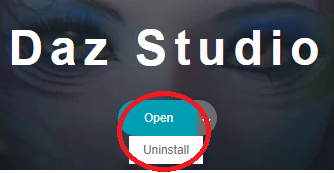
 on the left of the viewport
on the left of the viewport
